Iranian pistachios have long been considered among the best in the world, thanks to their superior growing conditions, exceptional quality, and rich history of cultivation. Below is a detailed explanation of why Iranian pistachios stand out compared to those from other countries:
1. Ideal Growing Conditions
Iran benefits from a semi-arid climate that is perfect for pistachio cultivation. The hot, dry summers and cool winters in regions like Kerman and Rafsanjan provide optimal conditions for pistachio trees to thrive. The soil in these areas is nutrient-rich and well-drained, essential for producing high-quality pistachios with excellent flavor and texture(ISNA).
Moreover, the country’s long history of pistachio farming—dating back over a thousand years—has allowed farmers to refine their techniques. This traditional knowledge, combined with ideal climatic factors, results in pistachios that are distinct in both taste and appearance.
2. Superior Flavor and Nutritional Value
Iranian pistachios are celebrated for their rich, earthy flavor, which is more robust than pistachios grown in other regions. The high fat content, particularly monounsaturated fats, gives these nuts a creamy texture and a deeper, more satisfying taste. Additionally, they are packed with essential nutrients such as protein, fiber, potassium, and magnesium, making them a healthy snack option(The Hustle Newsletter)(ISNA).
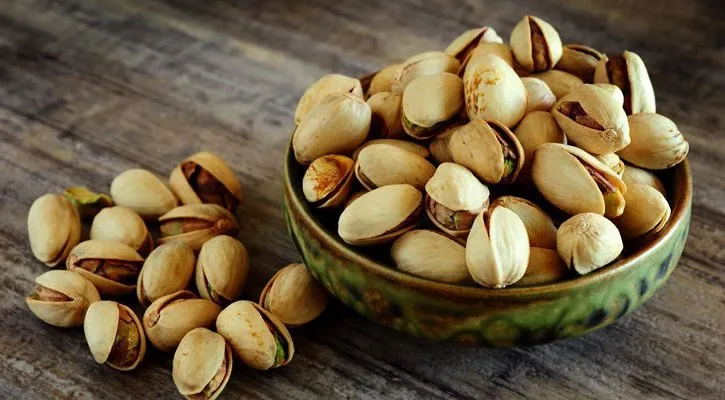
One of the unique qualities of Iranian pistachios is their natural drying process. Pistachios are often sun-dried in Iran, which preserves their natural flavors and reduces the need for artificial drying techniques, further enhancing their taste profile.
3. Diverse Varieties
Iran produces several well-known pistachio varieties, each with unique characteristics:
- Fandoghi: Small, round pistachios with a strong flavor. These are the most widely exported from Iran.
- Kalleh Ghuchi: Larger pistachios known for their size and delicate taste.
- Akbari: Long, slender pistachios with a sweet, delicate flavor.
- Ahmad Aghaei: Known for their bright green kernels and mild taste, often used in gourmet applications(adda247).
This diversity of varieties provides consumers and chefs with different options, whether they prefer the bold taste of Fandoghi or the delicate sweetness of Akbari.
4. Natural Appearance and High Kernel Quality
Iranian pistachios are often recognized for their vibrant green kernels and naturally split shells. Unlike some pistachios from other regions that are mechanically split, Iranian pistachios usually split naturally during the growing process. This natural opening is seen as a mark of quality. Furthermore, the bright green color of the kernel, which is a sign of freshness and high quality, is prized in the culinary world(adda247).
5. Traditional Farming Practices and Sustainability
Many Iranian farmers use traditional, sustainable farming methods that have been passed down through generations. This includes minimal use of chemical fertilizers and pesticides, which appeals to consumers looking for more organic and eco-friendly products. The care and attention given to the growth and harvesting of pistachios in Iran contribute to their superior quality.
6. Cultural and Historical Significance
Pistachios have been a part of Persian culture for thousands of years. Historically, they were considered a delicacy by Persian royalty and were a staple in ancient trade routes. The deep cultural connection to pistachio cultivation in Iran means that farmers often take extra care to maintain the quality of their product.
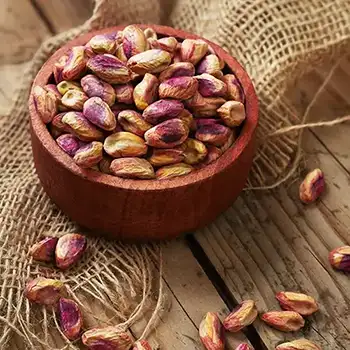
7. Competitive Edge in the Global Market
While Iran faces competition from countries like the U.S., which has become a major pistachio producer in recent years, Iranian pistachios remain competitive in terms of both price and quality. They are often more affordable due to lower production costs, despite sanctions and logistical challenges. Many international markets, particularly in Europe and Asia, still prefer Iranian pistachios for their superior taste and natural processing methods.
The key differences between Iranian, American, and Turkish pistachios lie in flavor, size, processing, and fat content, with each country offering distinct qualities:
- Iranian Pistachios: Known for their superior flavor, Iranian pistachios have a rich, aromatic taste, often attributed to the soil and climate in Iran. They contain a higher fat content, which enhances their bold, natural flavor. Iranian pistachios are typically minimally processed, retaining their natural colors without bleaching or cosmetic treatments. Their shell is usually beige with a pink blush, and they are popular in European and Asian markets.
- American Pistachios: These are larger and plumper than Iranian pistachios, thanks to strict grading standards in the U.S. American pistachios are milder in taste, with a firmer and crunchier texture. They also have lower fat content, which affects their overall flavor. Most U.S. pistachios are mechanically harvested and processed, including bleaching to achieve a uniform appearance. Despite their size advantage, American pistachios are often considered less flavorful due to the reduced fat content.
- Turkish Pistachios: Turkish varieties, like the famous “Antep,” are smaller in size and darker in color compared to Iranian and American pistachios. They are known for their intense, earthy flavor and high oil content, making them a favorite for snacking and in traditional desserts like baklava. Turkish pistachios have a firmer bite and are often used in Mediterranean and Middle Eastern cuisine.
In summary, Iranian pistachios stand out for their robust flavor and higher fat content, making them a global favorite for gourmet cooking. American pistachios are favored for their size and uniformity but are milder in taste, while Turkish pistachios are prized for their strong flavor and smaller size, ideal for traditional dishes.
Conclusion:
Iranian pistachios are superior to those from other countries due to their ideal growing conditions, rich flavor, high nutritional value, diverse varieties, and traditional farming methods. The combination of these factors, along with Iran’s long-standing history of pistachio cultivation, has made Iranian pistachios a premium choice for consumers around the world. Despite rising competition from other producers, the unique qualities of Iranian pistachios continue to make them highly sought after in international markets.

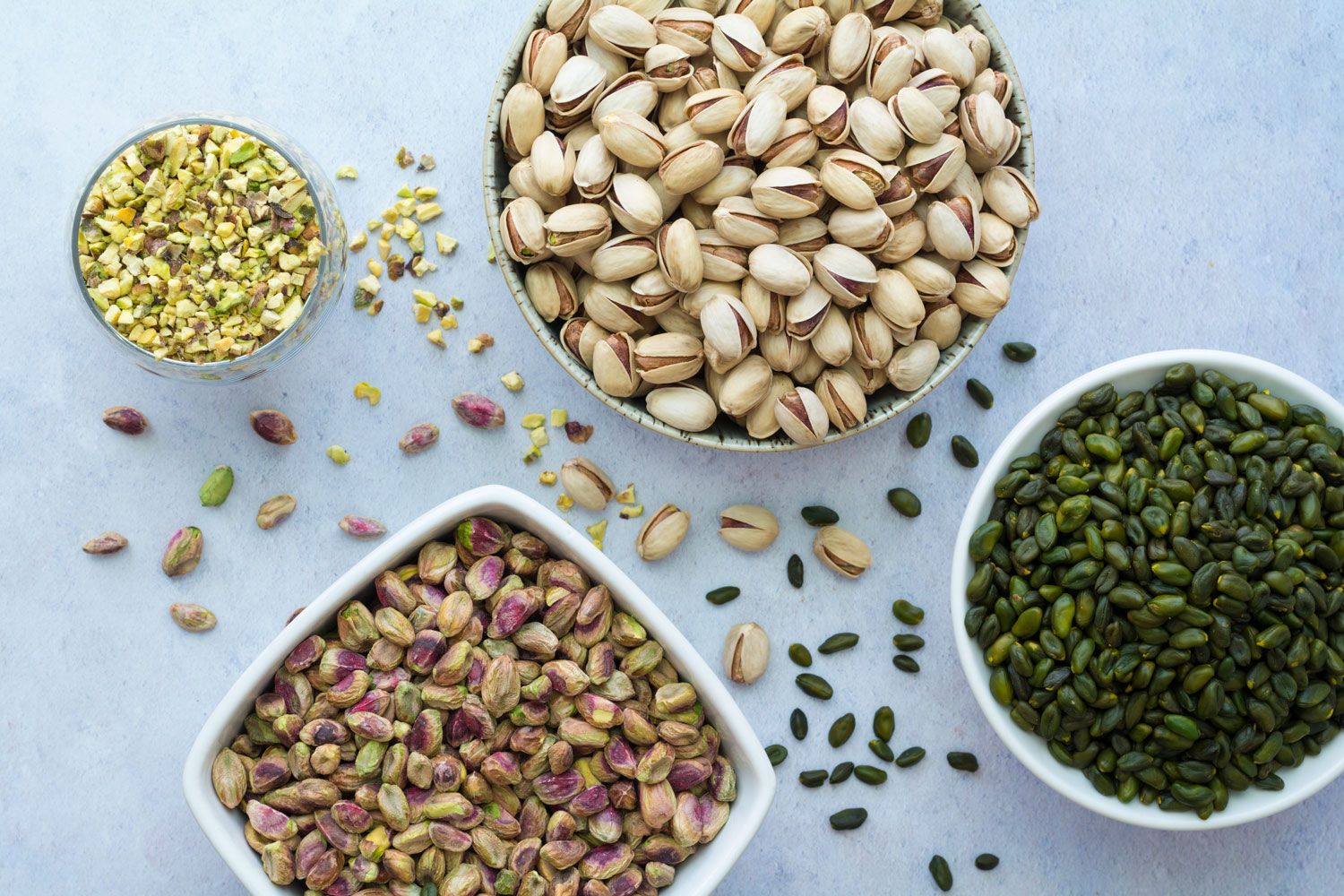

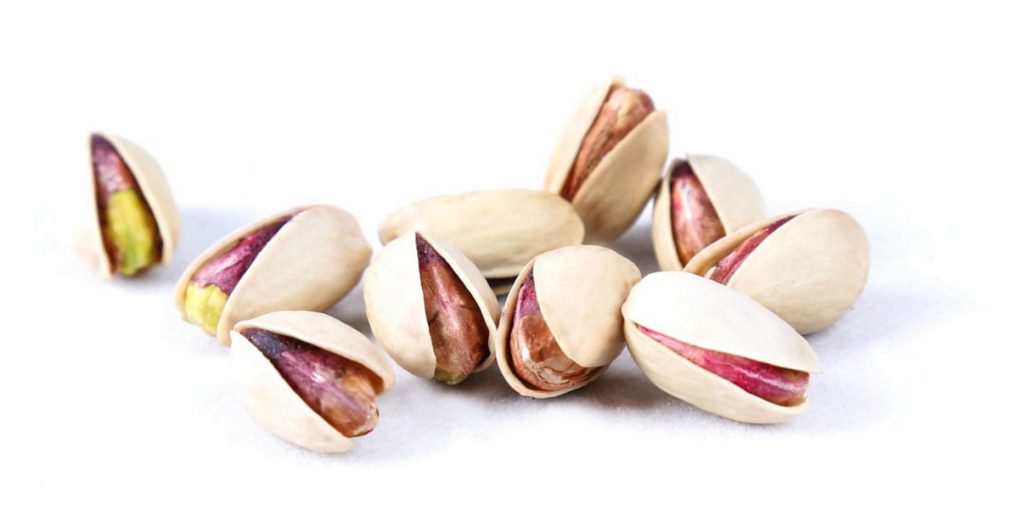
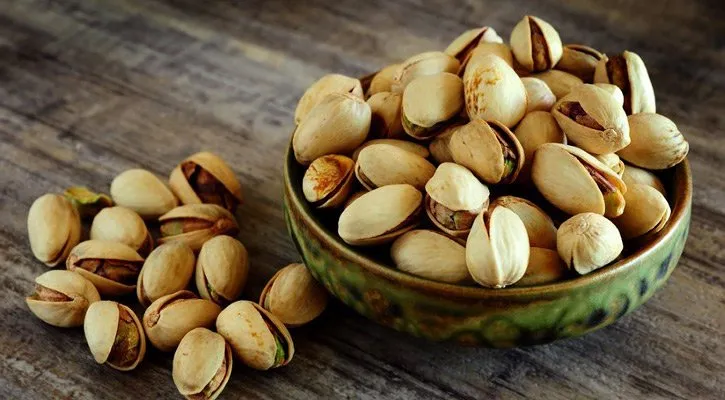
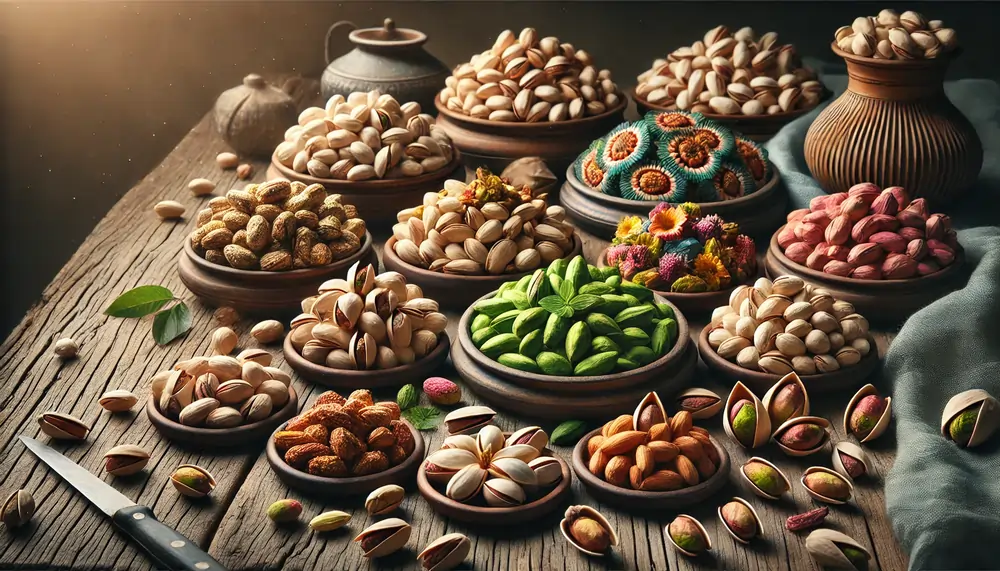

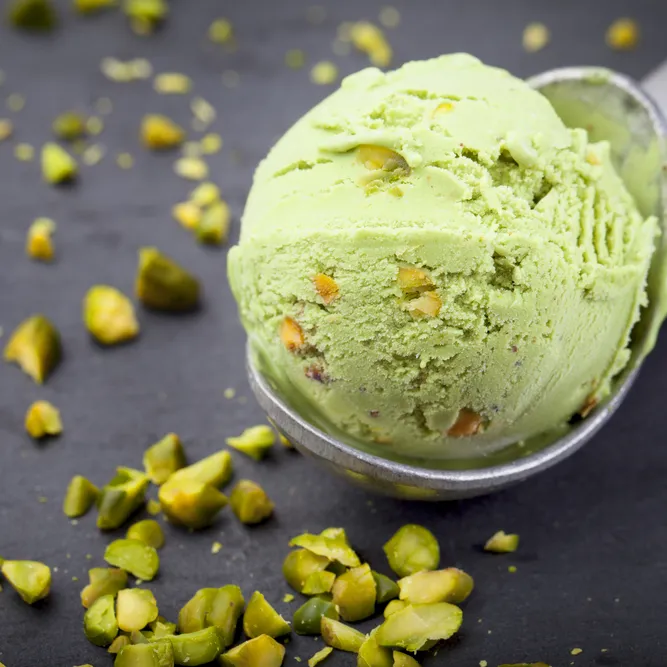
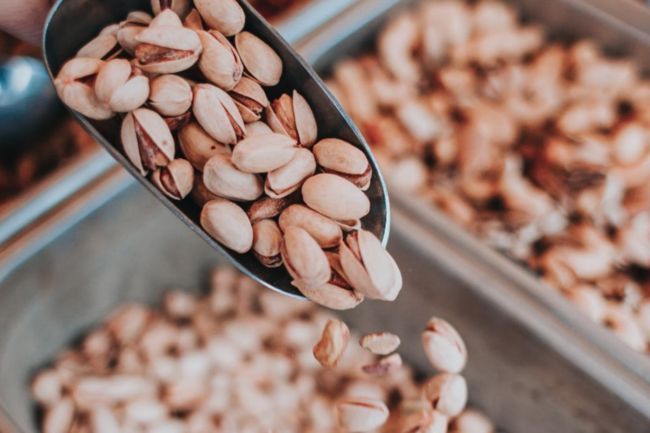
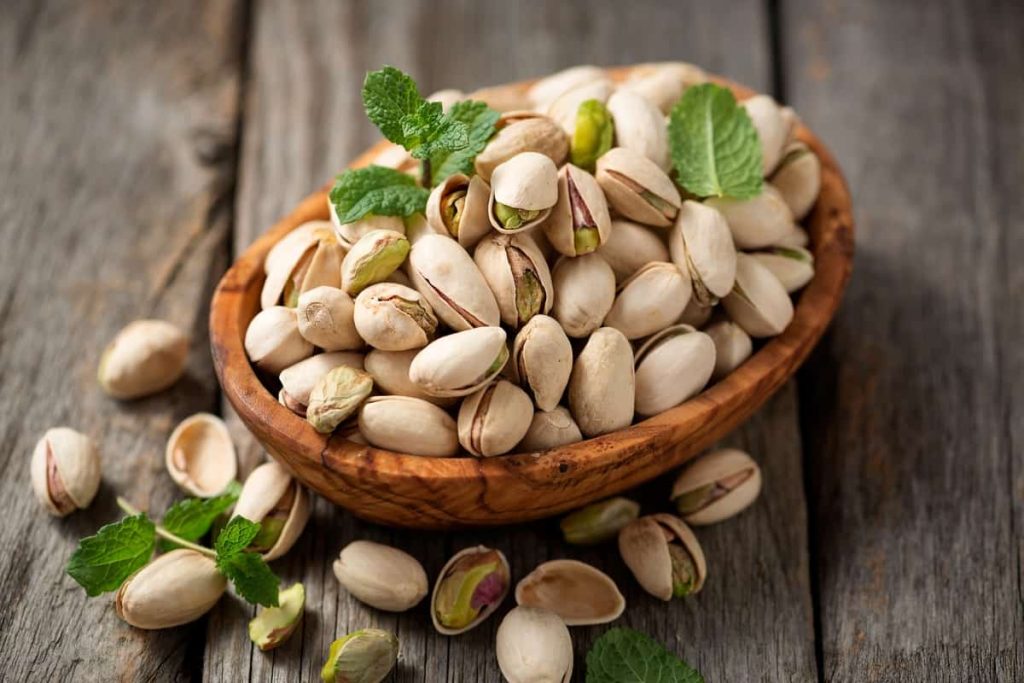
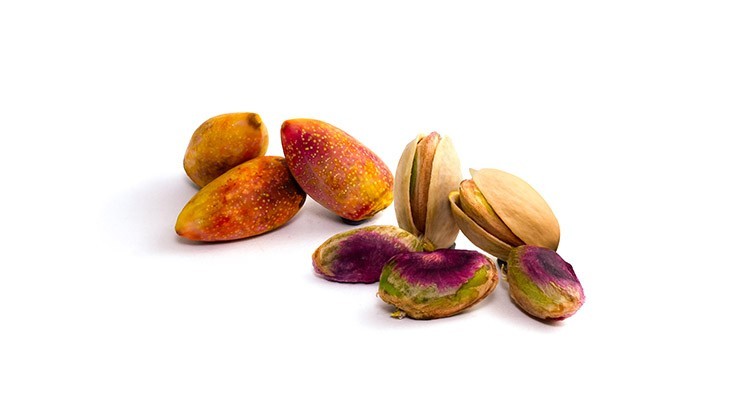
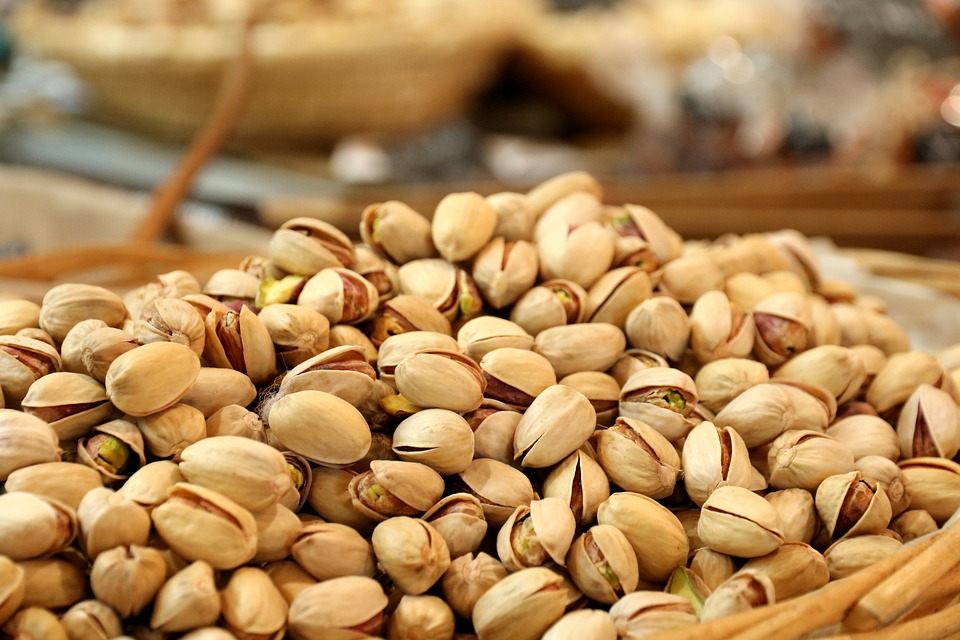
I have been browsing online more than three hours today yet I never found any interesting article like yours It is pretty worth enough for me In my view if all website owners and bloggers made good content as you did the internet will be a lot more useful than ever before